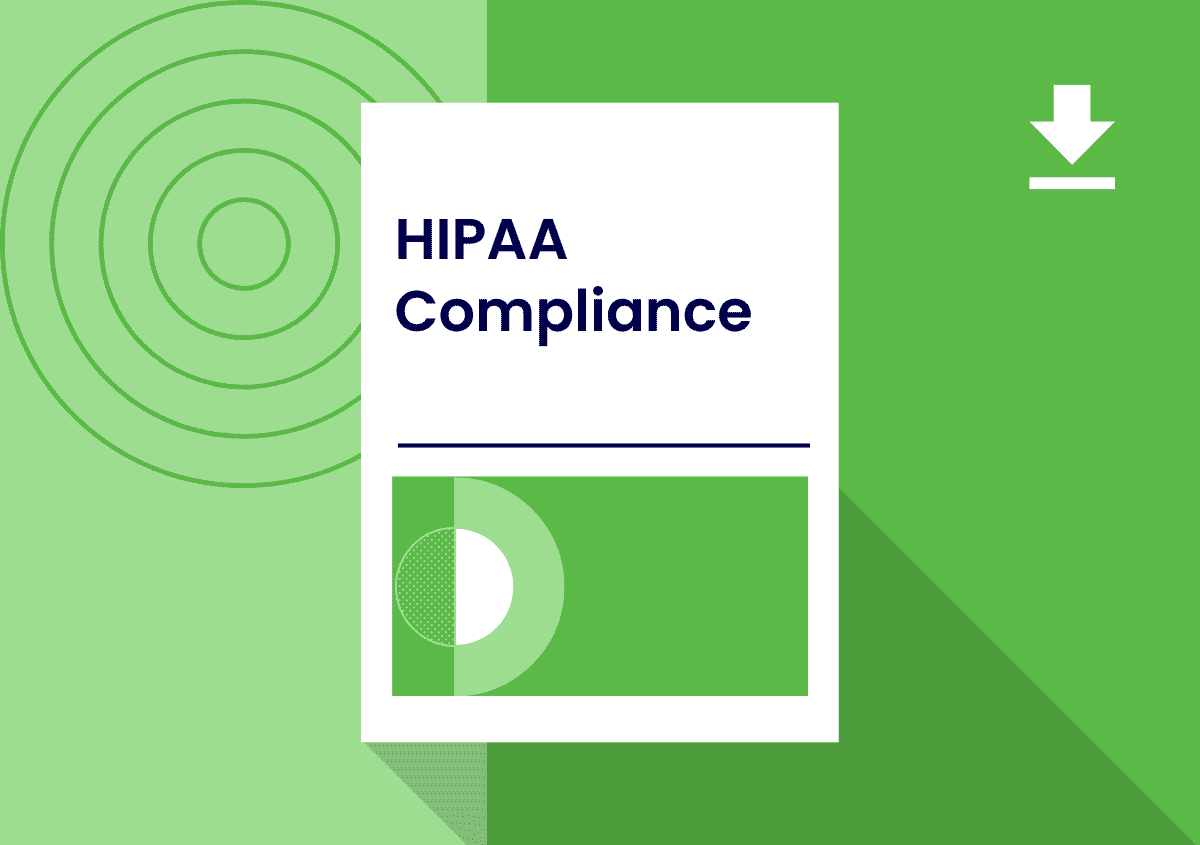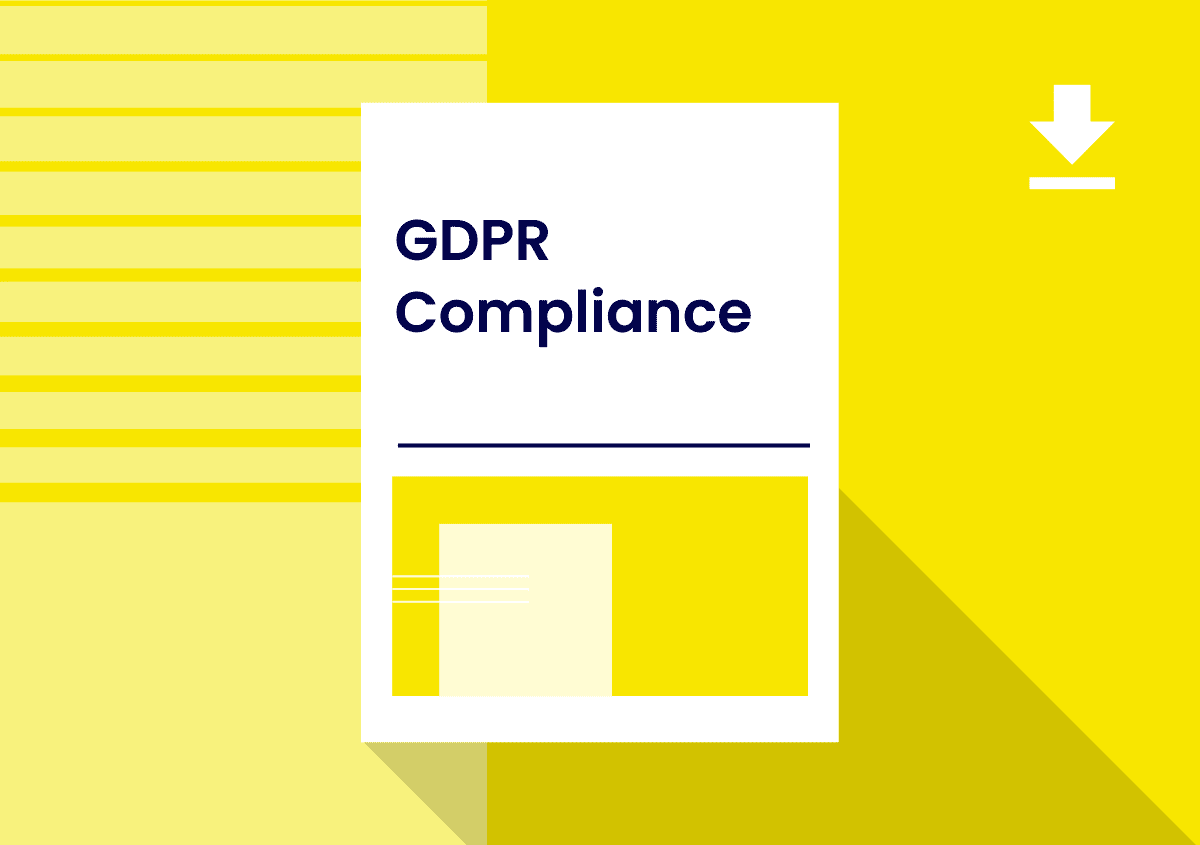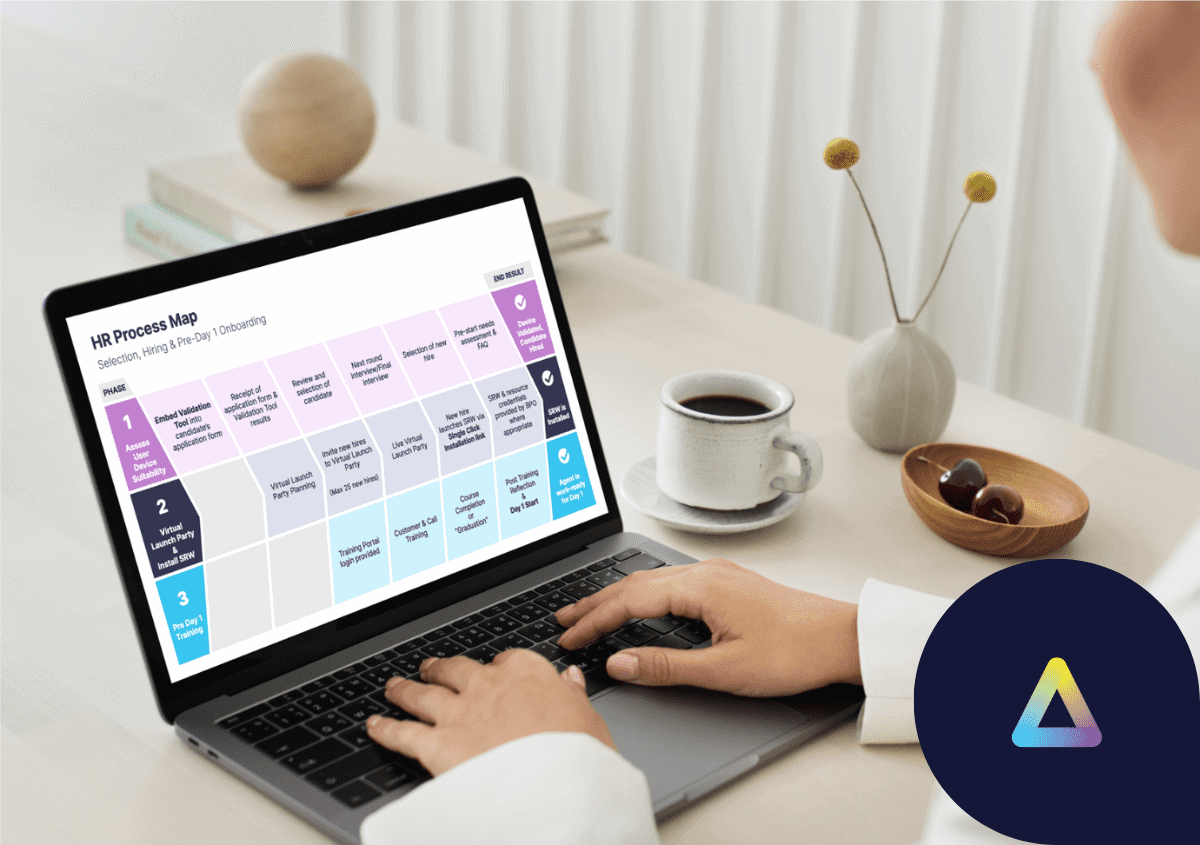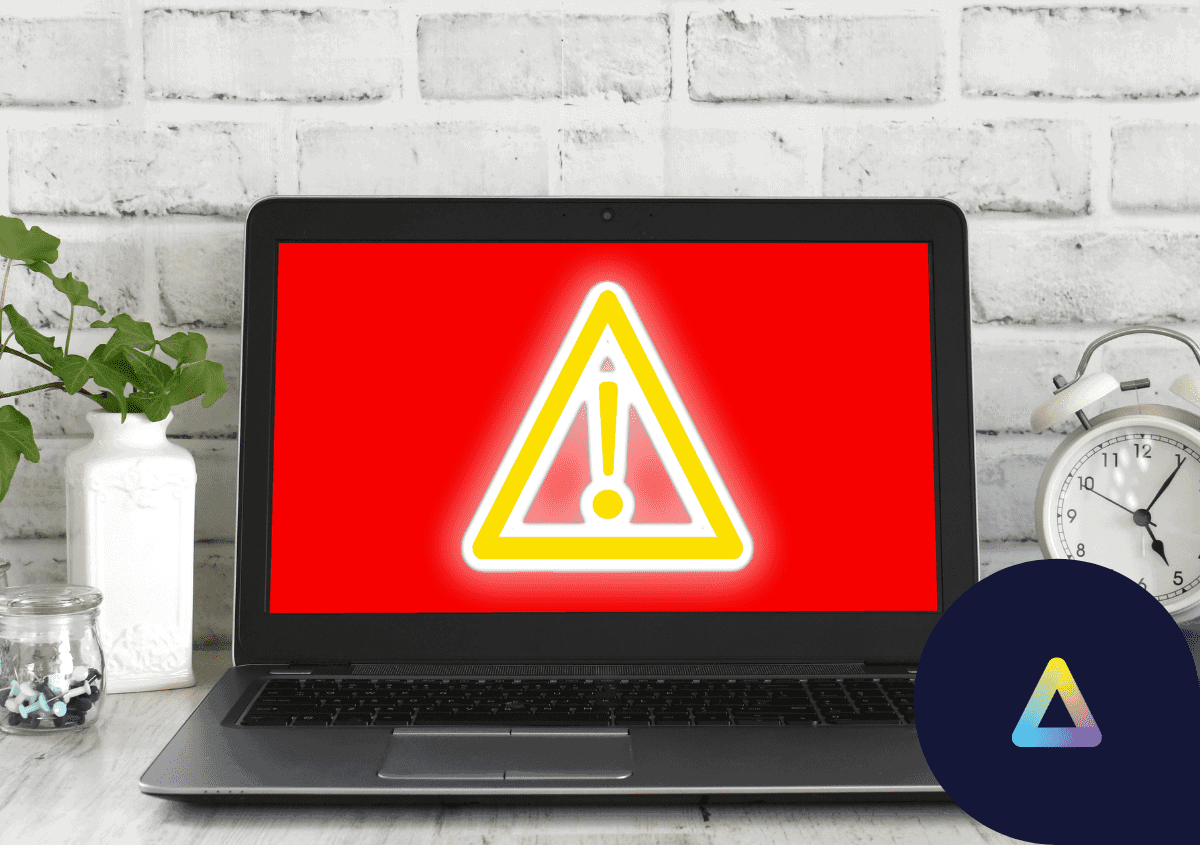Work at home (WaH) deployments can incur a number of costs that may not be immediately obvious. For the employer, the WaH director, the CTO/CIO, really anyone in charge of a WaH program, reducing costs while maintaining an effective WaH solution is the goal. In this post we are going to be answering two main questions: What are the costs involved for employers when providing WaH enabled devices to employees? And what are the ways Secure Remote Worker can reduce these costs?
Security
ThinScale Technology – GDPR compliance
ThinScale Technology (ThinScale) engaged Coalfire Systems Inc. (Coalfire), a leading independent industry provider of IT security, governance, and regulatory compliance services, to conduct an independent technical assessment of their ThinKiosk& Secure Remote Worker product. Furthermore, Coalfire’s assessment was to determine the solution’s suitability to meet GDPR Compliance. Coalfire conducted assessment activities including technical testing, architectural … Read more
Critical Checks for a WFH Security Audit
30% of the global workforce are working from home in 2022 – However, there has also been a 300% increase in cybercrime since 2020. As the result, auditing a secure working environment has changed for the better, being more reflective of the needs of a modern workplace environment. It is important to audit your own environment to ensure you can meet the standards for a modern cybersecurity framework, as companies are losing millions of dollars due to security breaches alone in 2022. According to Thales, 45% of organizations have experienced either a security breach or failed security audit.
Zero Trust: modernize your endpoint security
Modern IT infrastructure is exposed to a large amount of risk, with the frequency of cyber-attack rising year on year. Hybrid working, which is becoming a mainstay for most organizations, increases the attack surface for organizations due to corporate accessing endpoints (e.g. laptops) moving outside of the organization’s direct control.
How to Effectively Manage a Remote or Hybrid Contact Center Workforce
During the pandemic, the BPO industry confronted a serious dilemma — maintaining business continuity in the face of a global pandemic that required closing physical contact centers. The solution came in the form of a virtual remote workforce with agents working from home, often using their own devices.
How Much is Agent Attrition Really Costing you?
The Great Resignation. You often hear that term used to explain the high rate at which employees quit their jobs in 2021. However, that term is not new to the contact center industry. It has experienced a “great resignation” in the form of agent attrition for years. Historically, contact centers have seen attrition and turnover … Read more
Optimising WaH/Hybrid with Secure BYOD
A full-time return to office-based work looks highly unlikely, at least for the foreseeable future.
Got employees WFH? These are the risks to protect them and you from.
The fear of a security breach occurring on their watch is sure to keep IT admins up at night. Nowhere are the chances of that happening more pronounced than in a Work at Home (WaH) environment. Remote working is not going away, however. COVID-19 made it an operational imperative, and it provides many benefits to … Read more
Does your Contact Center have the right Endpoint Security solution?
At ThinScale technology, we work closely with customers in the contact center industry and have seen some confusion around the various endpoint security solutions available. What can they each do? And more importantly, from a security perspective, what do they not do? This article I’ll take you through each of the major endpoint security solutions … Read more









